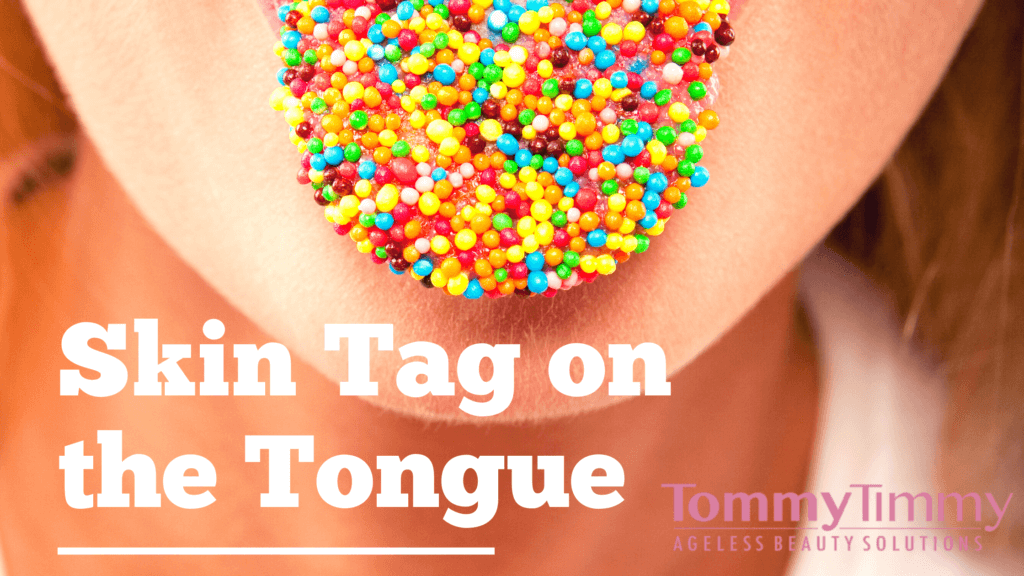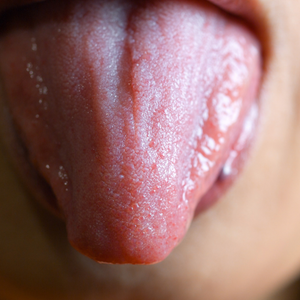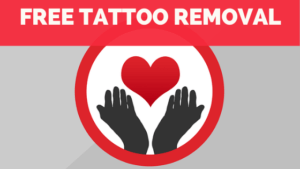You may have a little bit of extra skin on or under your tongue. The likelihood is that this is a skin tag.
So, what is a skin tag on your tongue?
It is a growth like a mole but is usually not harmful. However, you may want to get rid of it because it doesn’t look great and can even be a bit sore.
Continue reading to find out the causes and solutions for skin tags on your tongue.
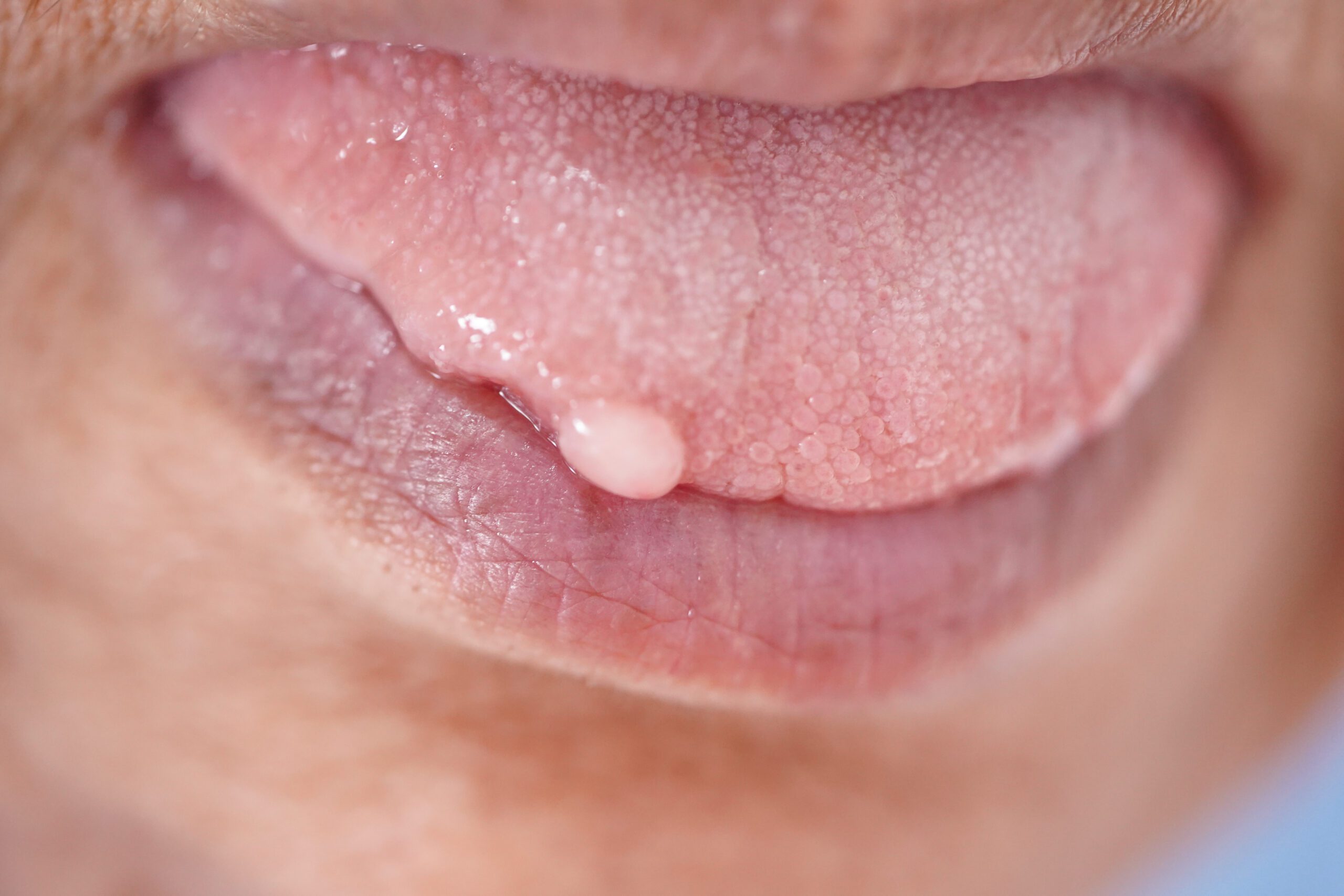
Contents
What are skin tags?
Skin tags are skin-colored growths that occur in people of all ages. They are mostly found on the armpits, neck, breasts, or around the groin but appear in other body areas, such as under the tongue.
A mouth skin tag or a tongue skin tag is uncommon. Therefore you should be sure that it is actually a skin tag. Most skin tags on the tongue are benign, harmless, and should not cause concern.
However, there are simple ways to remove skin tags if they bother you.
What Does a Skin Tag Look Like?
Skin tags are small, skin-colored growths that feel soft to the touch. They can measure from a few millimeters up to a few centimeters. Skin tags are usually knobbly and hang off the skin but do not typically cause pain or discomfort, especially the tiny ones.
Skin tags are not contagious, unlike warts, which spread very easily. So if you notice a cluster of growths on your tongue, it is unlikely you have skin tags.
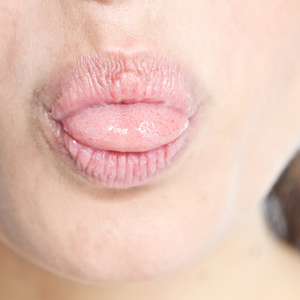
Why Do Skin Tags Occur?
What causes skin tags is unknown, but some researchers believe it happens when collagen clusters and blood vessels get trapped inside the skin. And since they are most common in skin creases and folds, another cause may be skin rubbing against the skin.
Another possible cause is an infection, which can happen when bacteria get trapped under the skin.
Skin tags are also more likely to form in areas with a lot of moisture, such as the mouth, underarms, or groin.
If you have diabetes, you may be more likely to develop skin tags due to changes in your blood sugar levels.
Some people just have an increased susceptibility to skin tags.
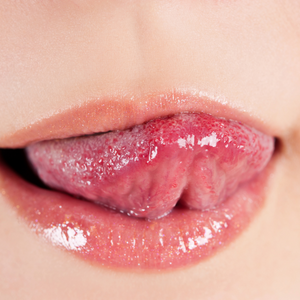
Unfortunately, you can’t prevent skin tags, but you can avoid bumps on the tongue from getting infected by practicing good oral hygiene.
Are Skin Tags on the Tongue Painful?
There is no definite answer to this question, as everyone experiences pain differently.
Some people report that skin tags on the tongue can be painful, while others find them more of an annoyance.
If you have a skin tag on your tongue that is causing you pain, it is best to consult with a doctor to see if there are any options for removal.
Risk Factors for Skin Tags
Skin tags are most common in:
- Older people
- Pregnant women
- Anyone with a sex-steroid imbalance
- Those who suffer from different diseases or conditions, such as type 2 diabetes
- Sufferers of hyperinsulinemia
- People suffering from obesity
Both men and women have an equal chance of developing skin tags on their bodies.
How to Identify a Skin Tag on the Tongue
If you notice a fleshy growth on your tongue, it could be a tongue skin tag, but it could also be several other medical possibilities. It’s essential to understand the difference between a skin tag and something else, so here are other conditions you could mistake a skin tag for:
Warts.

Although uncommon under the tongue, these flesh-colored growths are caused by the human papillomavirus virus (HPV). They are highly contagious. Squamous cell papilloma is one of the most common growths, and it can look just like a skin tag.
These bumps are noncancerous, but there are many variations of HPV, and some increase the risk of getting certain types of oral cancer. So it’s essential to seek medical attention to remove warts.
Plica Fimbriata.
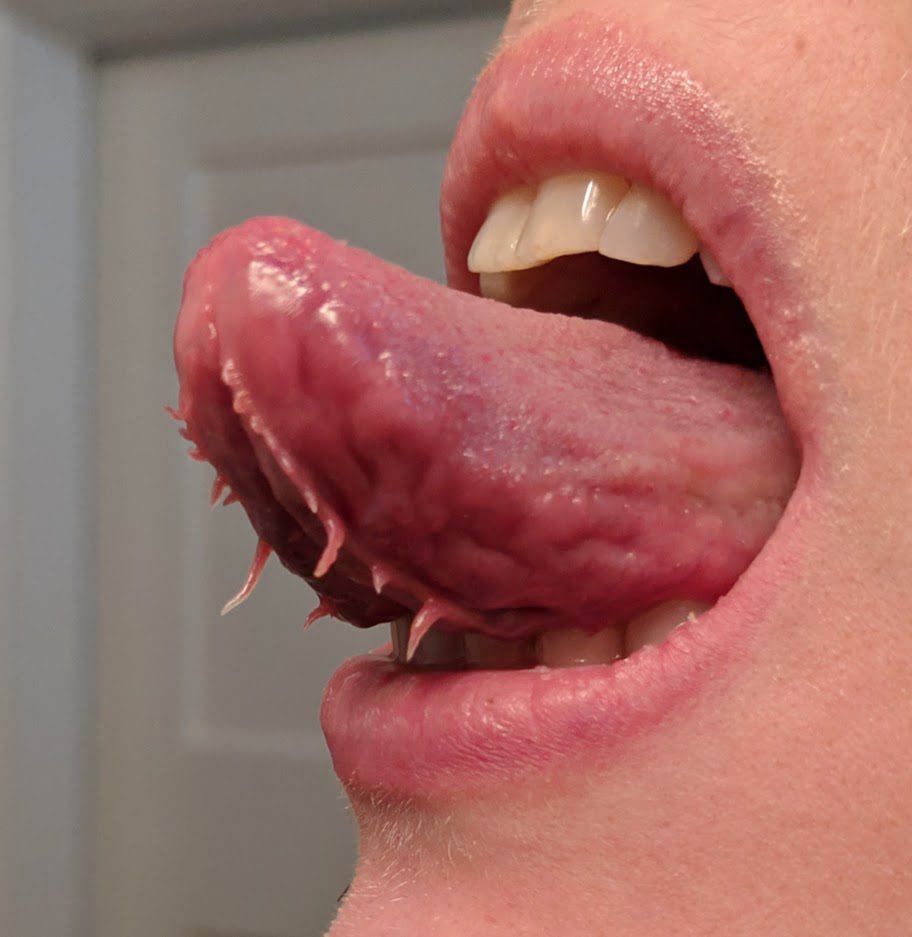
Plica Fimbriata is a slight fold of the mucous membrane on the tongue’s underside and can feel like a skin tag. Luckily, it’s perfectly natural to have, and it requires no treatment.
Plica Fimbriata is not cancerous.
Plica Fimbriata can become painful or sore if is caught by your teeth and possibly cause swelling. This is normal and does not require treatment.
Lymphoepithelial cysts.
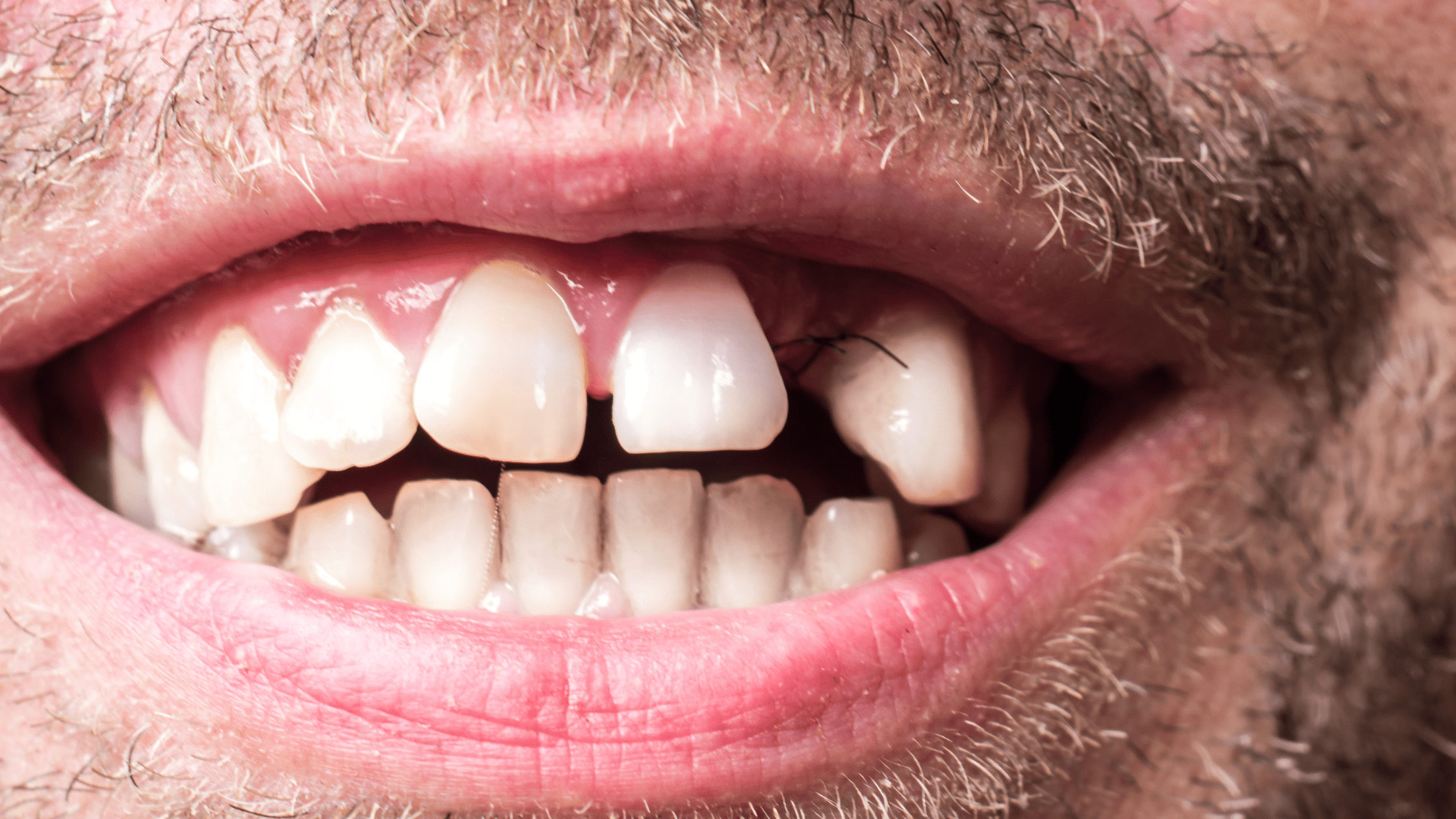
These hardened nodules tend to appear on the bottom of the tongue. They look like white or yellow lumps and can grow up to 1cm wide. They are not a cause for concern, but a doctor may still do an autopsy to confirm the diagnosis.
Irritation fibroma.
A fibroma is a noncancerous tissue cluster usually caused by a minor injury, such as biting your tongue. Most irritation fibromas don’t require treatment, but you can ask your doctor to remove them if they are painful or bother you.
Oral thrush.
This yeast infection is often seen in babies. Most people with oral thrush develop white patches on the tongue, redness, and a sore mouth. Antifungal medication can treat oral thrush.
Swollen taste bud.
You can’t usually feel your taste buds, but they can sometimes become irritated and may swell up. Although this is nothing too serious, a swollen taste bud does require a doctor’s attention.
Canker sores.
These small, shallow lesions typically appear on the lips’ inside, but getting them on the tongue is not uncommon. The cause of canker sores is not fully understood but could be triggered by certain foods. However, most lesions disappear on their own.
Allergies.
Allergic reactions to a particular food may cause lesions on or under the tongue. Medical assistance is required when the bumps are accompanied by other symptoms such as swelling of the lips and tongue, breathing difficulties, or rashes or hives.
Oral cancer.
Although rare, fleshy growth on the tongue could be cancer, mainly if it is hard and painful. Consult a doctor if the bump lasts longer than two weeks.
Showing some damage on right hand side of tongue
Skin Tag Symptoms On The Tongue
A skin tag on the tongue is usually harmless, but you must get any new bumps checked by a medical professional if you also notice any of the following:
- Changes in size, color, or texture.
- Red or white patches inside the mouth.
- Pain that won’t go away.
- Open wounds that won’t heal.
- Throat pain.
- Voice changes.
- Trouble chewing or swallowing.
- Problems moving your tongue or jaw.
- Unexplained weight loss.
- Numbness.
Do tongue skin tags go away naturally?
Yes, tongue tags go away naturally over time. The body will gradually absorb the extra tissue, and the tag will eventually fall off. This process can take a few weeks to a few months.
If you’re concerned about the appearance of a tongue tag and can’t wait for it to fall off, then you can have it removed by a doctor. This can be done with a simple surgical procedure.
Tongue Skin Tags Treatment
Skin tags should not give your tongue too much pain. If your skin tags are sore, this symptom could signify something more serious. These bumps, however, can affect your self-esteem or snag on clothing or jewelry, in which case you’ll want them removed.
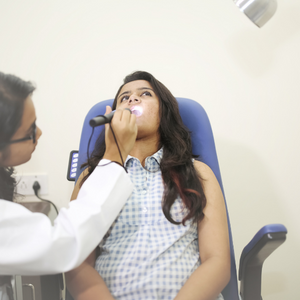
Skin Tag Removal
They don’t usually fall off on their own, but they can be removed relatively easily. Discuss your issue with a doctor, and they will choose the correct treatment option. If you’re lucky, they will fall off on their own once the tissue dies from a lack of blood supply.
Skin tags can be cut off with a scalpel, cauterized, frozen using liquid nitrogen, or burned off with a laser tool. Multiple treatments may be required to remove the skin tags completely. Self-treatment is not recommended due to the risk of bleeding or infection and also a sore tongue. Any removal procedure should only be done by a specialist skin doctor or a similarly trained medical professional.

